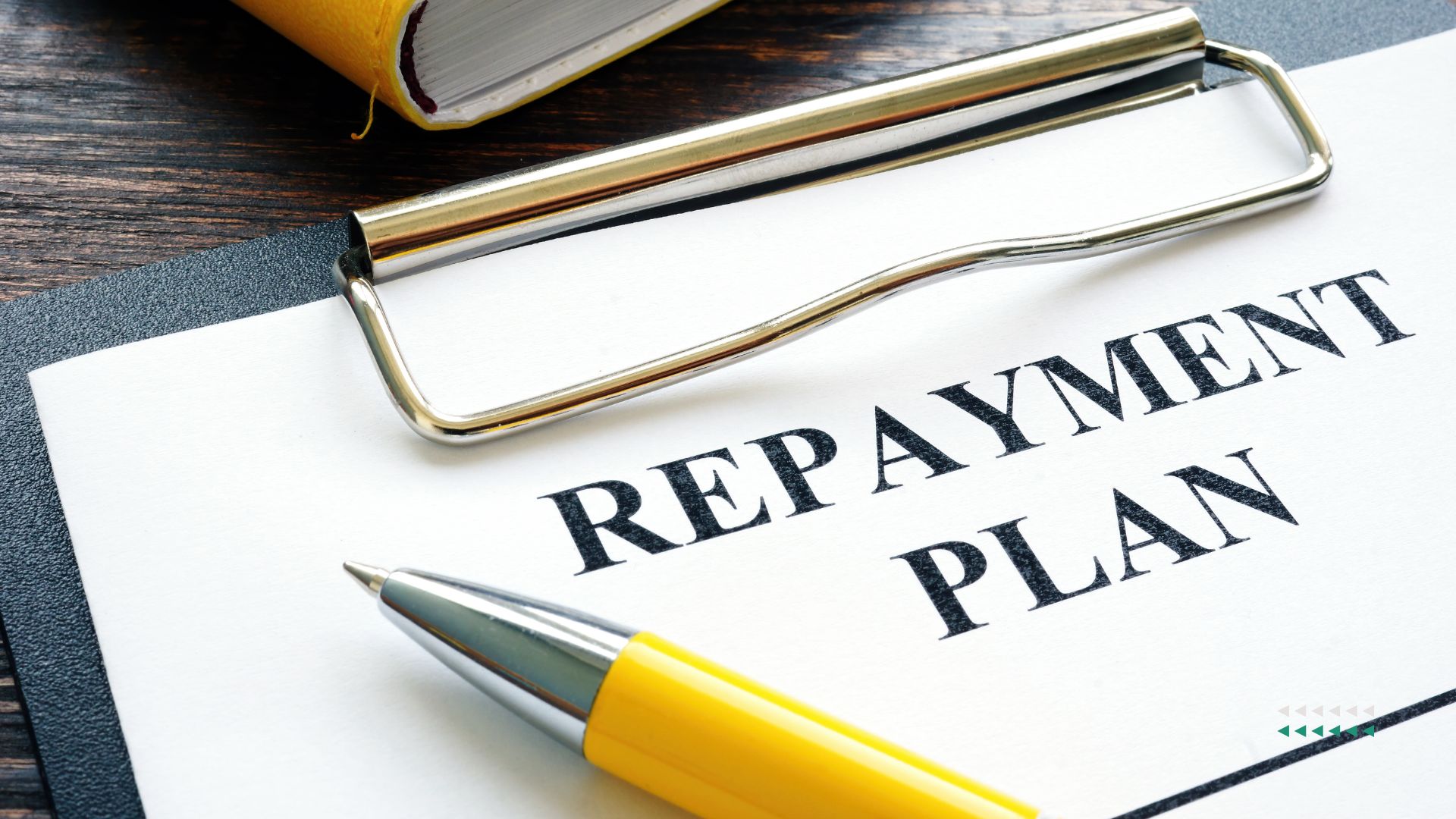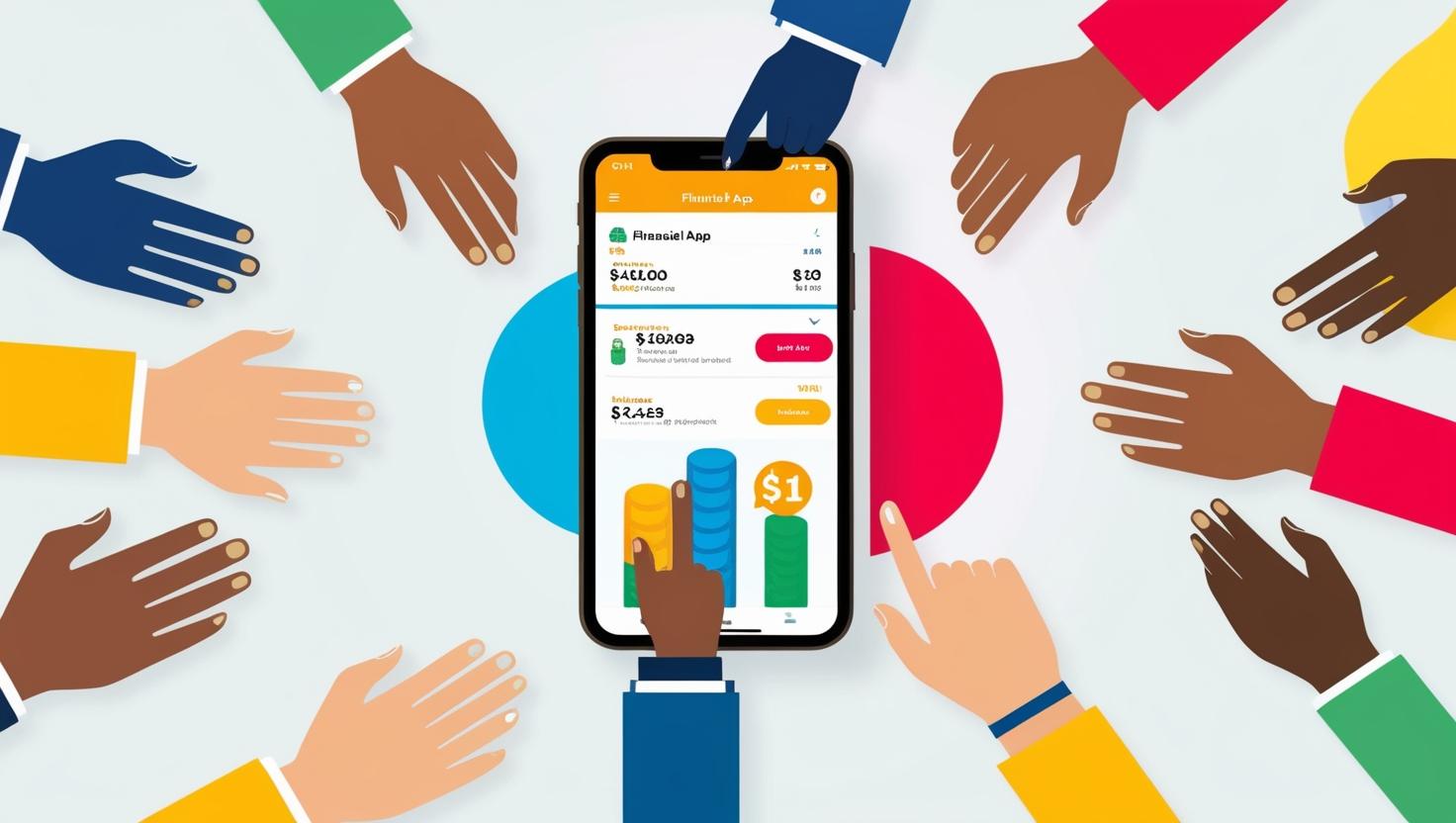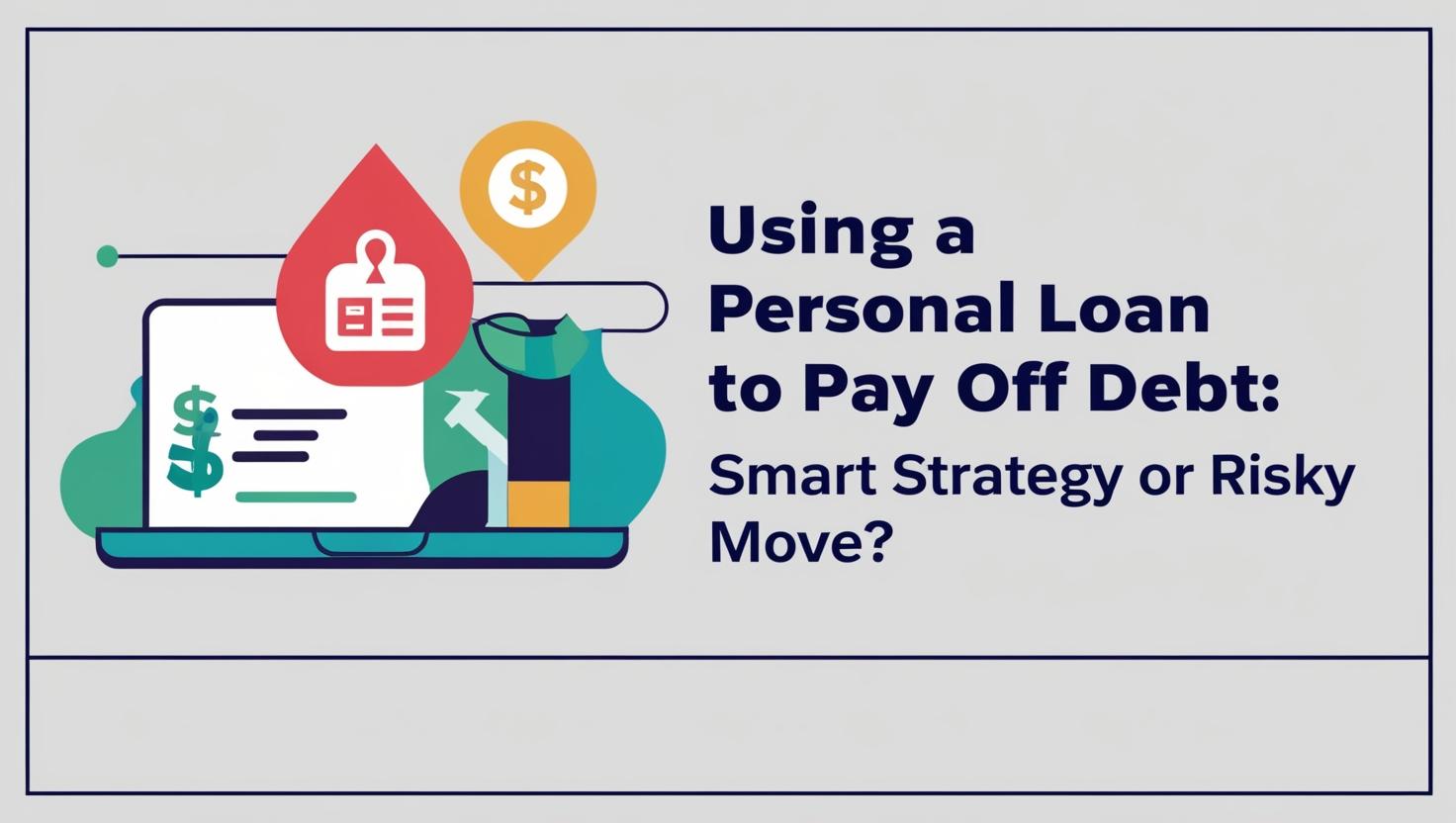Hey there! If you’re reading this, chances are you’ve got some debts hanging over your head, and you’re looking for a way out. First off, take a deep breath. You’re not alone. Millions of people are in the same boat, and the good news is, there’s a way to tackle debt that doesn’t involve stress-eating your way through every paycheck. Let’s walk through how to create a debt repayment plan that works—one that’s realistic, effective, and designed with you in mind.
Why You Need a Debt Repayment Plan
Before we dive into the nitty-gritty, let’s talk about why a plan is so important. Debt can feel overwhelming, like a giant weight on your shoulders. Without a clear strategy, it’s easy to get stuck making minimum payments and barely scratching the surface. A solid debt repayment plan helps you:
- Stay organized: Know exactly how much you owe and to whom.
- Set clear goals: Keep your eyes on the prize—debt freedom!
- Avoid costly mistakes: Late payments and high-interest rates? No, thank you.
- Stay motivated: Seeing progress (even small steps) can be incredibly empowering.
So, let’s roll up our sleeves and get to work. Ready? Let’s go!
Step 1: Take a Debt Inventory
First things first, you need to know exactly what you’re dealing with. This step might feel a bit uncomfortable, but trust me, it’s essential. Grab a pen and paper or fire up a spreadsheet. List out all your debts, including:
- Creditor name (Who do you owe?)
- Total balance (How much do you owe?)
- Interest rate (What’s the cost of borrowing?)
- Minimum monthly payment (What do they require every month?)
Be thorough. Include everything—credit cards, personal loans, student loans, medical bills, even that $50 you owe your cousin (yes, it counts!). Once you’ve got it all down, you’ll have a clear picture of your financial landscape.
Step 2: Set Your Debt Repayment Goal
Next up, it’s time to decide what success looks like for you. Do you want to pay off all your debts as quickly as possible? Or maybe you’re more focused on reducing the total amount you pay in interest. Whatever your goal, it’s important to define it so you know what you’re working toward.
Common Debt Repayment Goals:
- Become debt-free in X years: Set a realistic timeline based on your income and expenses.
- Pay off high-interest debt first: This can save you a ton of money over time.
- Free up cash flow: Focus on clearing smaller debts to have more breathing room in your budget.
Once you’ve got your goal in mind, write it down. Having it in black and white makes it feel more real.
Step 3: Choose a Debt Repayment Strategy
Now comes the fun part: picking your strategy. There are two popular methods when it comes to debt repayment—both with their own perks.
1. The Snowball Method
Think of a snowball rolling downhill, gathering speed and size. This method works similarly. You start by paying off your smallest debt first, regardless of interest rate. Here’s how it works:
- Make minimum payments on all debts except the smallest.
- Throw any extra cash at the smallest debt.
- Once the smallest debt is paid off, take that freed-up money and apply it to the next smallest debt.
Why it works: It gives you quick wins early on, which can boost your motivation. There’s nothing like the rush of crossing a debt off your list!
2. The Avalanche Method
If saving money on interest is your top priority, the avalanche method might be your best bet. Here’s the deal:
- Make minimum payments on all debts except the one with the highest interest rate.
- Throw any extra money at the high-interest debt.
- Once that debt is gone, move to the next highest interest rate, and so on.
Why it works: You’ll pay less in interest over time, which means more of your hard-earned money goes toward paying off the principal balance.
Step 4: Create a Budget That Supports Your Plan
Your debt repayment plan won’t work unless your budget supports it. If you don’t already have a budget, now’s the time to create one. Here’s a quick rundown:
- Track your income: How much money is coming in each month?
- List your expenses: Break them into categories—housing, groceries, transportation, entertainment, etc.
- Identify areas to cut back: Look for non-essential expenses you can trim or eliminate. (Do you really need that daily $6 latte?)
- Allocate extra cash toward debt: Funnel as much as you can into your repayment plan.
Pro tip: Budgeting apps like Mint or YNAB (You Need a Budget) can make this process easier and more efficient.
Step 5: Automate Your Payments
Let’s be real—life gets busy, and it’s easy to forget due dates. Automation can be a game-changer when it comes to staying on track. Set up automatic payments for at least the minimum amounts on all your debts. This ensures you’ll never miss a payment and helps you avoid late fees.
If you have extra money to throw at your debt, you can automate that too! Some banks and credit card companies allow you to set up additional payments, so you don’t even have to think about it.
Step 6: Find Extra Cash
Paying off debt faster often means finding more money to put toward it. Here are a few ways to boost your repayment fund:
- Side hustle: Pick up freelance gigs, drive for a rideshare service, or sell handmade crafts online.
- Sell stuff: Declutter your home and sell items you no longer need on platforms like eBay, Facebook Marketplace, or Poshmark.
- Cut subscriptions: Cancel services you rarely use. Those streaming subscriptions add up!
- Negotiate bills: Call your service providers and ask for better rates. You’d be surprised how often this works.
Every little bit helps, so don’t underestimate the power of small changes.
Step 7: Monitor and Adjust as Needed
Your debt repayment plan isn’t set in stone. Life happens—unexpected expenses pop up, or maybe you get a raise (yay!). It’s important to regularly review your progress and adjust your plan as needed.
Set aside time each month to check in with your finances. Are you on track? Could you put more money toward debt? Or maybe you need to slow down temporarily to deal with a financial emergency. That’s okay! The key is to stay flexible and keep moving forward.
Step 8: Celebrate Milestones
Finally, don’t forget to celebrate your wins along the way. Paying off debt is a big deal, and you deserve to acknowledge your progress. When you clear a debt, treat yourself to something small but meaningful—a fancy dinner, a new book, or even just a night off from cooking.
Celebrating milestones keeps you motivated and reminds you why you’re doing this in the first place: to take control of your financial future.
Final Thoughts
Creating a debt repayment plan that works isn’t about being perfect; it’s about making steady, intentional progress. By following these steps, you’ll not only reduce your debt but also build healthier financial habits that can last a lifetime. Remember, every dollar you put toward your debt brings you one step closer to financial freedom. You’ve got this!
Now, go grab that debt by the horns and show it who’s boss.







One response to “How to Create a Debt Repayment Plan That Works”
This is such a refreshing take on debt repayment! 🙌 Tackling debt doesn’t have to feel like a mountain to climb when you break it down into manageable steps. The key is finding a method that aligns with your goals—whether that’s getting quick wins with the Snowball Method or saving big with the Avalanche Method. Plus, the budget tips and ways to find extra cash are pure gold! 💡 Everyone deserves to feel empowered and in control of their finances, and this plan does just that. Let’s all take a step closer to financial freedom, one payment at a time! 💪💰